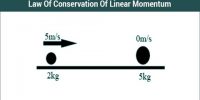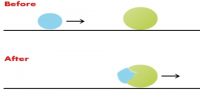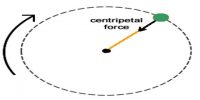The following three theories have been proposed to explain the origin of the Universe.
(i) Big Bang theory
According to the big bang theory all matter in the universe was concentrated as a single extremely dense and hot fire ball. An explosion occured about 20 billion years ago and the matter was broken into pieces, thrown off in all directions in the form of galaxies. Due to continuous movement more and more galaxies will go beyond the boundary and will be lost. Consequently, the number of galaxies per unit volume will go on decreasing and ultimately we will have an empty universe.
(ii) Pulsating theory
Some astronomers believe that if the total mass of the universe is more than a certain value, the expansion of the galaxies would be stopped by the gravitational pull. Then the universe may again contract. After it has contracted to a certain critical size, an explosion again occurs. The expansion and contraction repeat after every eight billion years. Thus we may have alternate expansion and contraction giving rise to a pulsating universe.
(iii) Steady state theory
According to this theory, new galaxies are continuously created out of empty space to fill up the gap caused by the galaxies which escape from the observable part of the universe. This theory, therefore suggests that the universe has always appeared as it does today and the rate of expansion has been the same in the past and will remain the same in future. So a steady state has been achieved so that the total number of galaxies in the universe remains constant.















